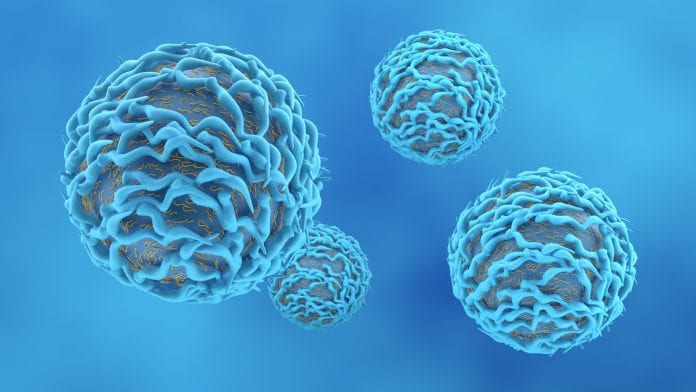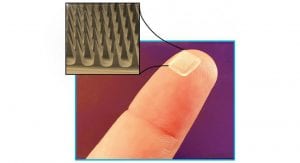
Researchers have suggested using microneedles for immunotherapy to vaccinate or treat diseases such as cancer and autoimmune disorders, with minimal pain, invasiveness, and side effects.
A new study from the University of Helsinki has suggested using microneedles for immunotherapy due to the high abundance of immune cells under the skin.
Current immunotherapy approaches have been challenged by the inadequate long-term responses in patients. However, microneedle development has resulted in the improvement and expansion of immuno-reprogramming strategies as the dermis layer of the skin houses dendritic cells, macrophages, lymphocytes, and mast cells which can transfer generated immunotherapeutic signals to damaged organs.

Microneedles for immunotherapy
According to the paper, microneedles can deliver antibodies, allergens, and therapeutic antigens into the skin with minimal invasiveness, facile fabrication, excellent biocompatibility, convenient administration, and bypassing the first-pass metabolism that allows direct translocation of therapeutics into the systematic circulation. It also highlights that transdermal microneedles can improve the biological effect of drugs through adjustable drug release.
Professor Hélder A. Santos, from the University of Helsinki, Faculty of Pharmacy, said: “Our study addresses the recent achievements in the development of microneedles for immunotherapy of hard-to-treat and chronic diseases to achieve the highest efficiency with minimal side effects.”
The paper indicates the suitability of the microneedles in cancer immunotherapy for the establishment of a broad tumour-targeting T cell repertoire that can recognise and destroy heterogeneous tumour cell populations. The researchers say the needles are promising for their future clinical use due to the short treatment time and prolonging overall survival compared to traditional vaccination.
They can also play a role in improving the efficacy of immune checkpoint inhibitors, allowing for local delivery in the tumour area with a decrease in the immune side effect associated with systemic delivery.
Application challenges
The future success of microneedles for clinical immunotherapy are dependent on FDA approval. The improvement of the mechanical properties of microneedles is another decisive factor as the mechanical characteristics must meet two properties to ensure successful immunotherapy: the insertion force should be enough to neglect the skin friction force for the insertion of the microneedles before puncturing the skin, and the insertion force must be higher than the skin force to perforate the skin and create holes in the epidermis/dermis layer.
Santos said: “In addition, future developments should take into account some of the current challenges, including the difficulty of precise coating of biomolecules on the microneedles and insufficient delivery of therapeutic antigens, allergens, or immunotherapeutic drugs to the desired site.”
Material is another factor, and researchers have recently focused on polymer science to fabricate biocompatible or dissolvable polymeric microneedles.
“The selection of a suitable material that contributes to the localisation of antigen within the microneedles is a substantial issue that needs much attention to optimize immunotherapy of various diseases by microneedles,” added Santos. “We estimate that in the near future, we will observe a high interest in the design and fabrication of biocompatible and dissolvable polymeric microneedles systems for immunotherapeutic applications, among others.”









